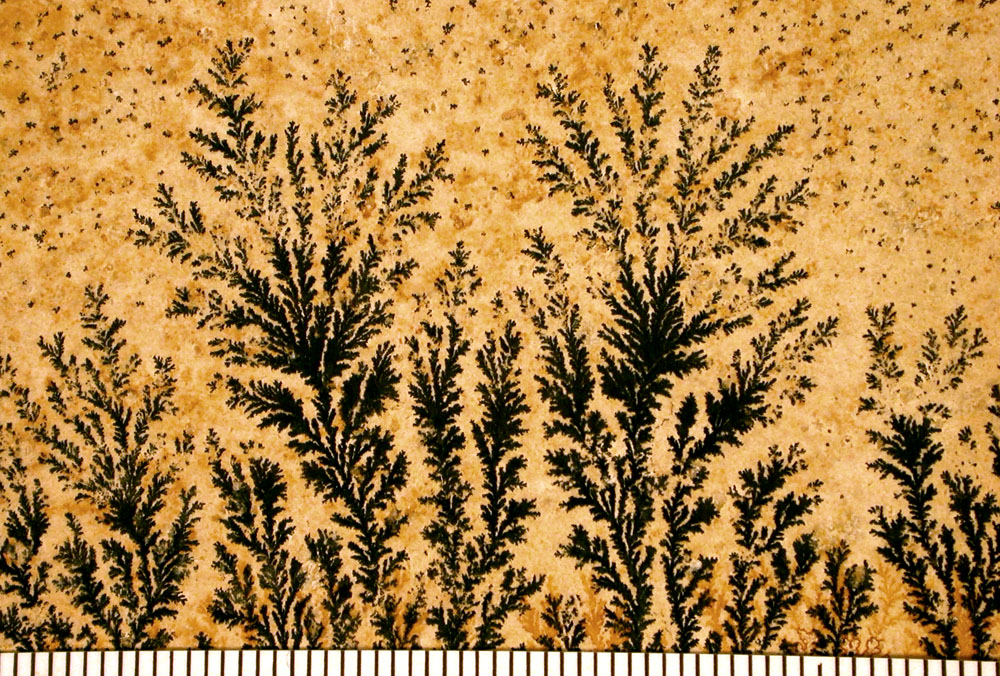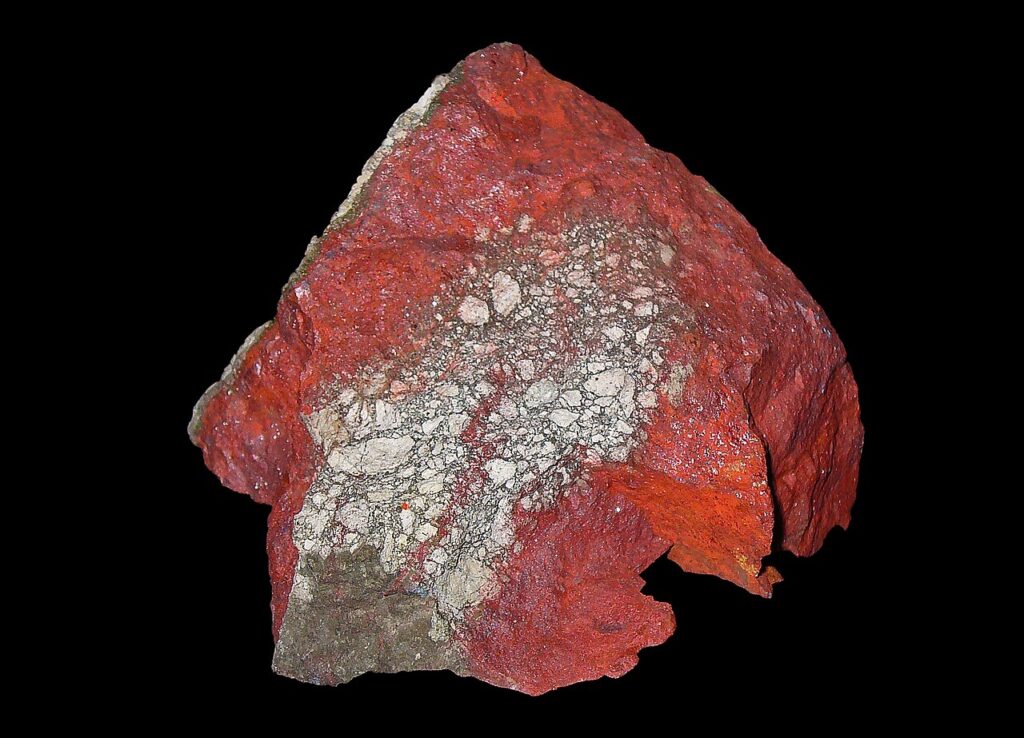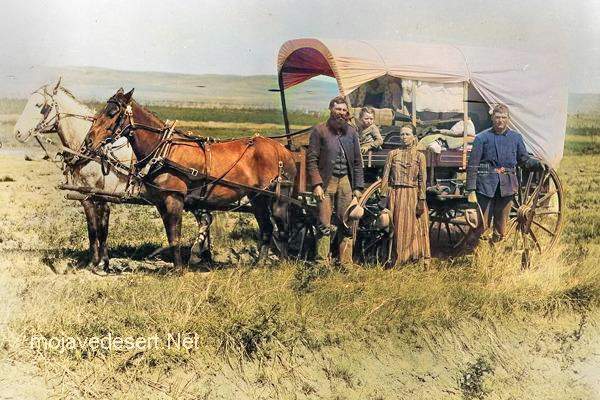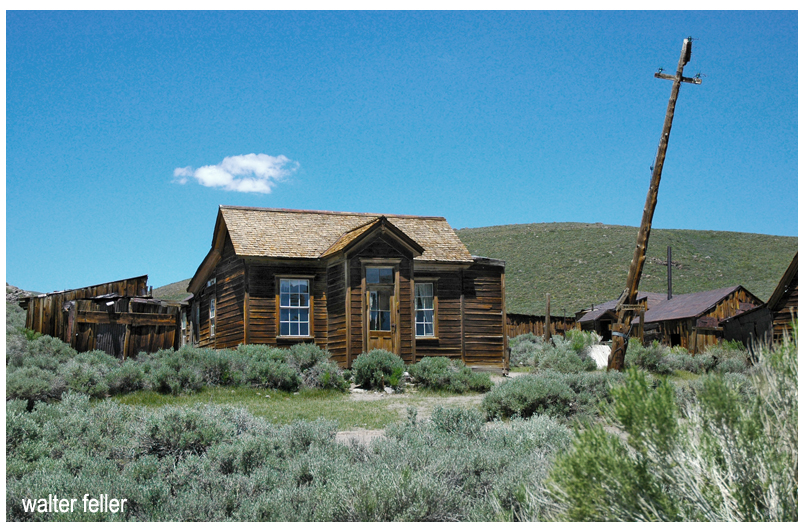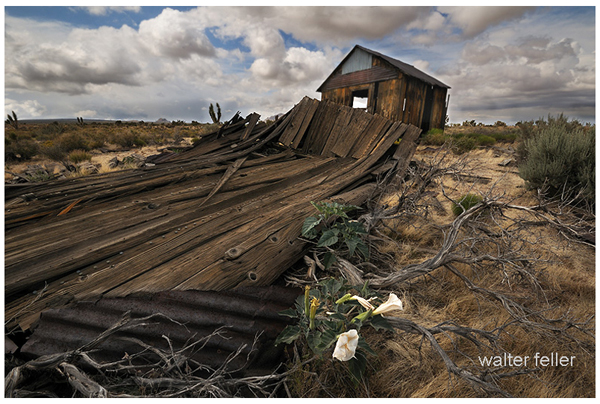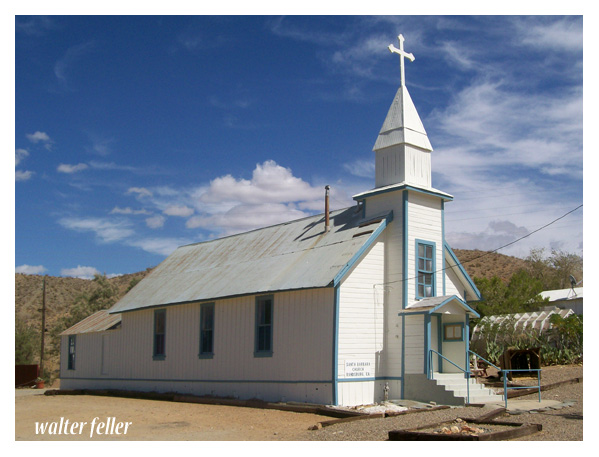Dendrite fossils are not actual fossils but mineral formations that display branching, tree-like patterns on rock surfaces. These patterns are called “dendrites,” derived from the Greek word dendron, meaning “tree.” Due to their resemblance to ferns, mosses, or algae, they are often mistaken for fossilized plants.
Formation of Dendritic Patterns
- Mineral Deposition: Dendritic patterns form when mineral-rich water percolates through cracks and fissures in rocks. As the water evaporates, minerals like manganese and iron oxides precipitate out of the solution.
- Crystallization Process: These minerals crystallize in branching patterns along the rock’s surface or within its layers, creating intricate designs that mimic organic structures.
- Environment: Such formations commonly occur in sedimentary rocks like limestone, sandstone, and shale, where groundwater movement is prevalent.
Distinguishing Features
- Inorganic Origin: Unlike true fossils, dendrites do not result from the preservation of organic material. They are entirely inorganic, formed solely by mineral processes.
- Lack of Cellular Structure: Under magnification, dendrites lack the cellular details that characterize fossilized plant material.
- Surface Patterns: Dendritic formations are typically two-dimensional patterns on rock surfaces, whereas fossils often have three-dimensional structures.
Common Misconceptions
- Mistaken Identity: The visual similarity to plant life leads many to incorrectly identify dendrites as fossilized flora.
- Educational Importance: Understanding dendrites helps in learning how to differentiate between mineral formations and actual fossils, which is crucial in fields like paleontology and geology.
Significance in Geology and Collecting
- Scientific Interest: Dendrites provide insights into mineral deposition processes and the geological history of the area where they are found.
- Aesthetic Value: Their intricate and visually appealing patterns make dendritic rocks popular among collectors and are often used in jewelry and decorative items.
Examples and Notable Locations
- Solnhofen Limestone, Germany: Known for fine-grained limestone that often displays dendritic patterns, sometimes mistaken for fossilized plants.
- Utah and New Mexico, USA: Regions where dendritic manganese oxides are commonly found on sandstone surfaces.
- Chiastolite Stones: A variety of andalusite that shows cross-shaped (cruciform) patterns due to carbonaceous impurities, sometimes confused with dendritic patterns.
Conclusion
While dendritic patterns, or “dendrite fossils,” captivate the imagination with their lifelike appearances, they are mineralogical phenomena rather than remnants of ancient life. Recognizing the difference between these mineral formations and true fossils enhances our understanding of geological processes and helps prevent misinterpretations in both amateur and professional studies.
References
- Mineralogy and Geology Texts: For detailed explanations of mineral formation processes.
- Field Guides on Fossil Identification: To learn how to distinguish between fossils and mineral patterns.
- Geological Surveys: For information on regions where dendritic formations are prevalent.
